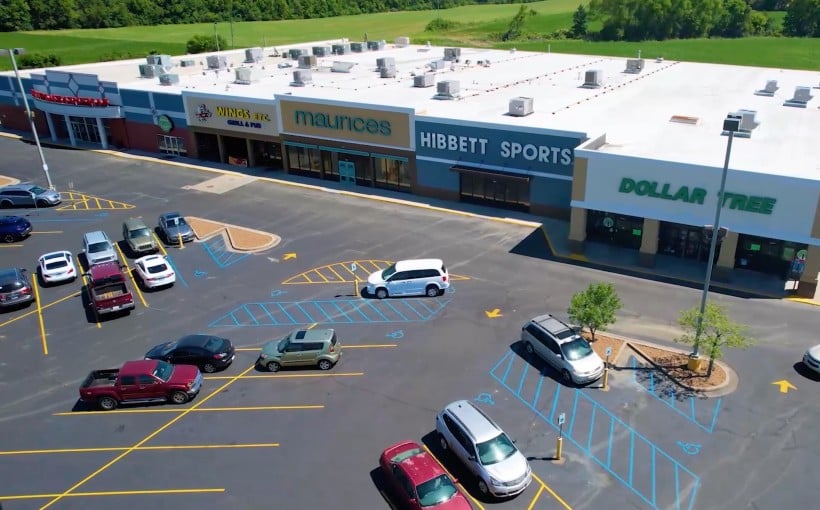The latest data for Q2 2024 may paint a bleak picture for the U.S. office market, with high vacancy rates, negative absorption and slow rent growth. According to Colliers’ Office Market Statistics report, this trend is a continuation of the post-COVID slowdown that began in 2020. The fundamentals remain weak, new construction has halted in most cases and concession packages are at an all-time high.
However, there is some positive news to be found amidst these challenges. Analysts have noted an increase in overall absorption and a decrease in construction activity as well as a gradual rebalancing of the market.
One contributing factor to this stabilization is the settling down of hybrid work arrangements. JLL’s U.S Office Market Dynamics report states that return-to-office rates are stabilizing as private employers solidify their attendance policies after two years of uncertainty. This has led to a new equilibrium within the sector.
In addition, leasing strategies are shifting as both tenants and landlords seek ways to avoid higher costs associated with elevated interest rates according to JLL’s report on Q2 office trends . This includes lower tenant improvement allowances resulting in more lease renewals or uptake of pre-built spaces such as spec suites or subleases.
Another positive aspect brought about by hybrid work stability is its impact on space requirements according Cushman & Wakefield’s National Office Marketbeat report . With attendance levels stabilizing at around 60-70% on peak days , analysts predict occupancy will also stabilize by late 2025 due headcount growth and new business formation creating demand for office space again.
While most markets experienced negative absorption during Q2 , there was also evidence that it was declining compared year-over-year figures from Lee & Associates’ quarterly market reports showing improvements up by almost one-third while JLL reported closer YoY gains nearing half .
Cushman & Wakefield added further good news stating one-third US markets had seen positive absorption during Q2. They also noted that the market is no longer divided into two halves but three when it comes to performance and rents. The best performing properties have minimal vacancy, while obsolete ones may require investment or conversion, leaving middle-market properties with a more nuanced outlook.
Construction activity has also decreased across all commercial real estate product types due to inflation, market fundamentals and high cost of capital according to Lee & Associates’ report . This has resulted in a decline in new construction starts since 2013 as reported by JLL analysts who stated that over the past year there was an almost 70% decrease compared to 2019 figures.
Cushman & Wakefield predicts this trend will continue for some time yet as demand remains strong for new high-quality space despite lower delivery totals which could lead existing buildings time stabilize occupancy levels without competition from newly constructed properties.



